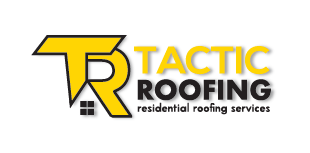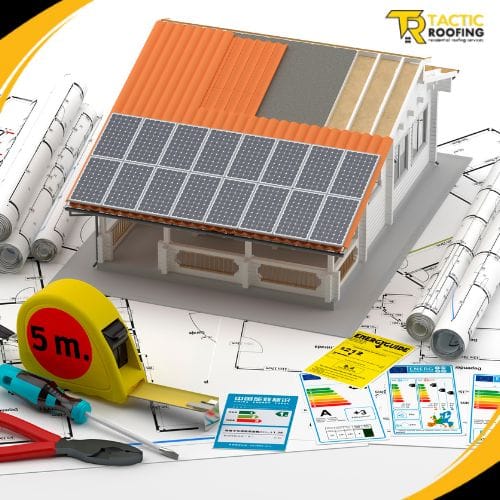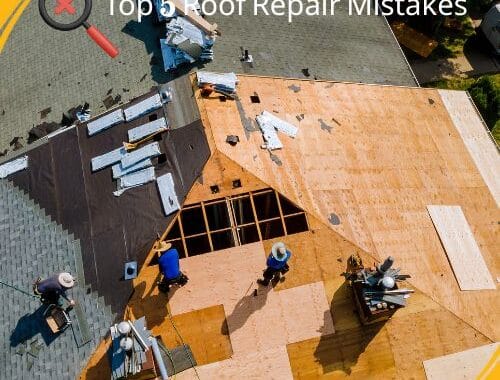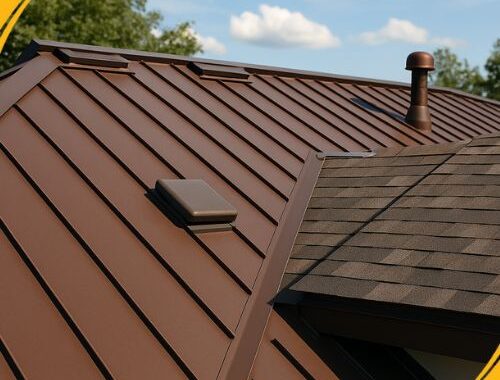What if the one thing silently draining your energy bills wasn’t your HVAC system, your windows, or your insulation—but your roof?
Most homeowners don’t realize how much their roof impacts their home’s energy performance. It’s not just a shield from rain or snow. It’s a dynamic part of your home’s thermal envelope—and when it’s damaged, outdated, or improperly maintained, it can sabotage your efforts to keep your home comfortable and efficient.
Let’s explore how roof repair can be a game-changer for your energy bills, comfort, and overall sustainability.
The Hidden Costs of a Leaky or Damaged Roof
A compromised roof does more than let water in. Here’s how it undermines your home’s efficiency:
- Air Leakage: Small gaps, cracks, or missing shingles can allow conditioned air to escape and outdoor air to seep in.
- Moisture Intrusion: Water damage weakens insulation, reducing its effectiveness over time.
- Heat Transfer: Poorly insulated or damaged roofing materials allow heat to flow in and out freely, putting pressure on your HVAC system.
These issues lead to increased energy use and higher utility bills—often without the homeowner realizing the roof is to blame.
How Roof Repair Boosts Energy Efficiency
A targeted roof repair doesn’t just fix visible problems—it optimizes your home’s energy performance. Here’s how:
1. Sealing Air Leaks
Professional repairs focus on sealing cracks and gaps that allow drafts. This reduces unwanted airflow and makes your heating and cooling systems more efficient.
Pro Tip: Even a few small leaks in the roof structure can raise energy consumption by up to 15% annually.
2. Replacing Damaged Shingles or Materials
Cracked or curled shingles fail to reflect heat and allow moisture penetration. Replacing them with modern, energy-efficient options—such as reflective asphalt shingles or metal panels—can cut cooling costs significantly.
3. Repairing or Upgrading Roof Insulation
Often, roof repairs go hand in hand with checking the condition of attic and roof deck insulation. Replacing or adding insulation helps trap heat in the winter and keep it out in the summer.
| Insulation Type | R-Value (per inch) | Ideal Use Case |
|---|---|---|
| Fiberglass Batt | 2.9 – 3.8 | Attics, Roof Rafters |
| Spray Foam | 6.0 – 7.0 | Tight, irregular spaces |
| Rigid Foam Board | 4.0 – 6.5 | Low-slope roofs |
Climate-Specific Benefits
Roof repairs tailored to your regional climate can make an even bigger impact:
- Cold Climates: Sealing heat loss points helps reduce reliance on furnaces.
- Hot Climates: Reflective roof coatings and properly ventilated roofs lower cooling loads.
- Humid Regions: Roof repairs prevent mold and rot, which compromise insulation and air quality.
No matter where you live, investing in roof repair creates a ripple effect of comfort and cost savings.
Modern Materials That Maximize Efficiency
If repairs involve material replacement, consider upgrading to options designed for energy efficiency:
Reflective Shingles
- Deflect UV rays
- Reduce surface temperature by up to 50°F
- Lower attic heat gain significantly
Cool Roof Coatings
- White or light-colored elastomeric coatings
- Enhance the emissivity and reflectivity of existing roofing
Metal Roofing (with proper underlayment)
- Naturally reflective
- Long lifespan and low maintenance
Signs Your Roof Is Hurting Your Energy Efficiency
Not sure if your roof is the culprit? Here are some common indicators:
- Unexplained spikes in heating or cooling costs
- Uneven indoor temperatures across rooms
- Mold or damp insulation in the attic
- Visible damage: missing, broken, or worn shingles
- Ice dams forming in winter
If you’ve noticed any of the above, it’s time to consider a roof inspection—and potentially some strategic repairs.
Bonus: Energy Rebates & ROI on Roof Repairs
Energy-efficient home improvements, including roof upgrades, may qualify for rebates or tax incentives in your region. Additionally, energy-saving roof repairs offer a compelling return on investment by reducing long-term utility costs.
Here’s a rough look at the ROI of common roof-related upgrades:
| Repair Type | Avg. Cost | Estimated Energy Savings | Payback Period |
|---|---|---|---|
| Sealing & Minor Repairs | $300–$800 | 5–10% on annual bills | 1–2 years |
| Reinsulating the Attic | $1,500–$2,500 | 10–15% energy savings | 2–3 years |
| Reflective Roof Coating | $1,000–$3,000 | 10–20% cooling savings | 2–4 years |
Tacticroofing’s Approach: More Than Just Repairs
At Tacticroofing, we believe every repair is an opportunity—not just to fix what’s broken, but to improve how your home lives and breathes. Our roof inspections are energy-focused. We don’t just patch leaks—we look at:
- Heat transfer points
- Attic ventilation
- Insulation integrity
- Material reflectivity
Whether you need a small repair or a major overhaul, we align our recommendations with your home’s energy goals.
The Takeaway You Can Feel in Your Wallet (and Your Living Room)
Upgrading your roof’s efficiency isn’t about aesthetics—it’s about making your home smarter, healthier, and more cost-effective to run. A small repair can mean a big difference when winter winds howl or summer heatwaves hit.
So next time your energy bill gives you a jolt, don’t just blame your thermostat.
Look up. Your roof might be trying to tell you something.




